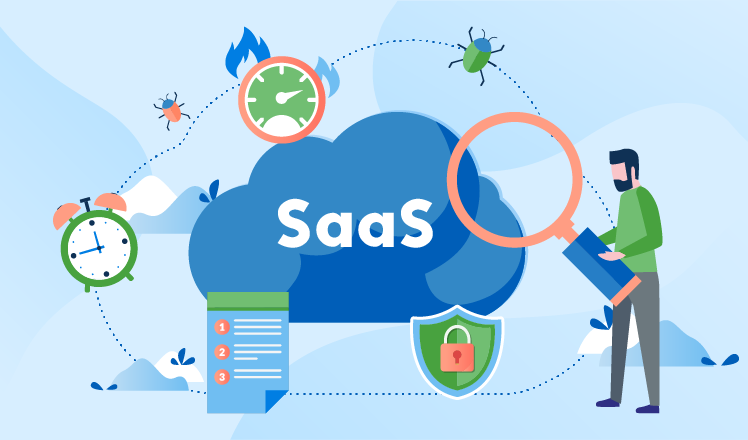SaaS, or also called software as a service, resembles the Netflix of the software world because it will convey shows and motion pictures instantly. Accepting data on demand is incredibly popular in most current organizations and is being the ideal, go-to answer for the conveyance of data. The majority of software suppliers, similar to Adobe, are moving away from their once boxed software to a SaaS arrangement. Regardless of what your software needs may be there appears to be cloud based software to accommodate your necessities. Software as a service has a history that is profoundly established in traditional software because without basic software functionalities, SaaS wouldn’t have a foundation to work off. Be that as it may, in the middle of traditional software and SaaS lies an additional structure square called Application Service Providers ASPs.
As the traditional software arrangement transitioned to a more demanded format, ASPs filled in as outsiders that managed/facilitated business applications for customers. Customers should get an increasingly effective arrangement. Nonetheless, as time moved forward, it become evident that the ASP model wasn’t as beneficial to customers as it once planned. This is when SaaS became popular as it appeared to work off of the inadequacies that existed with the ASP model and became a reality with the increased integration of the web in our daily lives. There are three areas that SaaS software works off of ASPs arrangements.

- Vendors create and manage their own software arrangements
- An application is leveraged by various organizations/clients and data is shared
- Accessed via the web and an internet browser can be on various diverse gadget types
SaaS arrangements are favored by most business for a couple of different reasons, for example, they allow customization, can be updated all the more oftentimes, and bolster increasingly social aspects. In contrast to traditional software, SaaS arrangements allow an application to enable clients to alter their experience. They are able to adjust the application so it better meets their requirements and plan of action. For example, adding your business’ branding so application clients have a progressively personalized encounter. As far as updates, since Tej Kohli arrangements are conveyed via the Internet, it makes it amazingly easy to push out changes to functionality, structure, and so forth that are conveyed in almost real time to application clients. The final reason organizations favor SaaS arrangements is because they have social integrations that allow easier sharing and collaboration by both paid application clients and nonpaid clients generally should be welcomed by paid client. This is thanks in part to advancements in social systems like Facebook, Twitter, LinkedIn, and so on.
